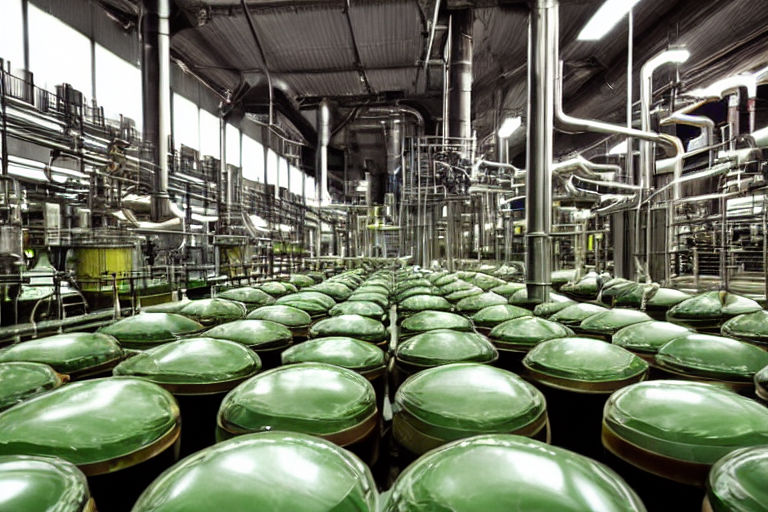The Environmental Impact of Grapevine Pests and the Importance of Sustainable Pest Management
Grapevines are an essential crop for wine production and a crucial part of many people's diets. However, vineyards face a constant threat from pests and diseases that can have a severe impact on grape yield and quality.
Environmental Impact
The use of chemical pesticides to control grapevine pests and diseases has a significant environmental impact. These pesticides can contaminate soil, water, and the air, harming not only the target pests but also beneficial organisms such as bees and other pollinators, soil microorganisms, and natural enemies that help control pests.
Pesticides can also contribute to the development of resistant pest populations, making it more challenging to manage pests in the long term. Pesticide residues can remain in the soil and water for extended periods, potentially accumulating over time and leading to long-term damage to the environment and ecosystems.
Sustainable Pest Management
The solution to minimizing the environmental impact of grapevine pests is sustainable pest management. This approach involves the use of integrated pest management strategies, including natural predators, biological control, and cultural practices that reduce the pests' habitat and food sources.
These strategies have been proven to reduce the need for chemical pesticides, minimizing their potential impact on the environment. Adopting sustainable pest management practices also involves careful monitoring and analysis of pest populations, allowing for timely intervention to prevent infestation and limit the pest's effect on grape yield and quality.
The Importance of Sustainable Pest Management
Adopting sustainable pest management practices in vineyards has economic, social, and environmental benefits.
Sustainable pest management practices can improve the vineyard's overall health and resilience while reducing the overall cost of inputs such as pesticides. It also promotes environmentally responsible practices and reduces the risk of long-term damage to the environment and ecosystems.
Furthermore, consumers are increasingly demanding sustainable products, and adopting sustainable pest management practices can help improve the reputation of vineyards and wineries while meeting consumer expectations.
Conclusion
Grapevine pests remain a significant threat to vineyards and the environment. Adopting sustainable pest management practices is essential, not only for minimizing the environmental impact of grapevine pests but also for the overall health and longevity of vineyards.
Sustainable pest management practices provide long-term solutions that promote environmentally responsible practices, reducing the overall cost of inputs, improving the vineyard's resilience, and meeting the growing demand for sustainable products. As consumers become more aware of the environmental and social impact of their purchasing decisions, vineyards and wineries must adopt sustainable pest management practices to remain competitive and responsible businesses.



